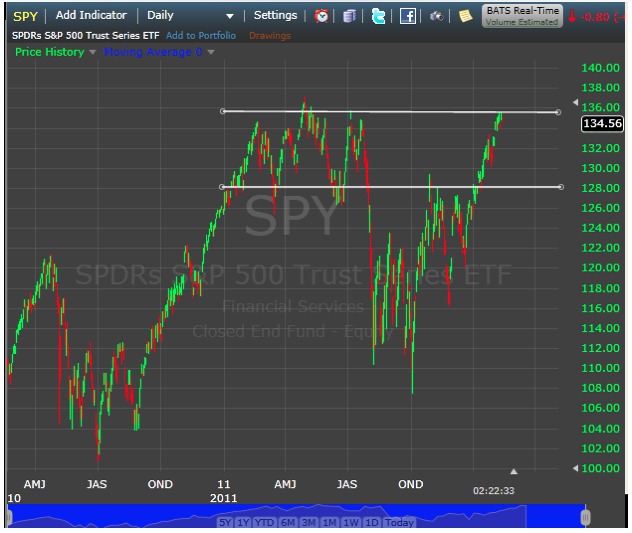 Author: John King, Quacera
Author: John King, Quacera
Covestor model: QPM Radar
Disclosure: none
We watched an interesting interview on Bloomberg over the weekend with Howard Schultz, the CEO of Starbucks (Nasdaq: SBUX). The interviewer asked him how the company was coping with the higher costs of coffee and the other products it uses. His reply was instructive: “We have found absolutely no reason for the doubling of coffee prices in the past year. We have ample supply and no disruptions… Financial speculation has stepped into the market,” creating
prices that are “artificial,” Schultz said. “In the long run, I don’t think consumers will respond positively to rising prices.”
So here’s a company that is faced with a dilemma that has nothing whatever to do with supply or demand, yet prices have moved at a killer pace. Speculators can only speculate if they have the cash to do so and if they have reason to believe that there is a force that will propel prices in the direction which they wish to take. The Fed has bought $3 trillion of mortgage backed securities & T-Bonds in the past 2 years and that requires they create (print) the cash to do so. Interest rates are being kept low by that same Fed, so the cash has to find a home. The speculators are the banks who dare not lend to real estate buyers so they are lending to the hedge funds and piggy-backing those traders in the commodity markets.
Margin debt, which fuels stock speculation, is at the 3rd highest level ever recorded and just below where it was in 2008. The evidence is clear. Consumers are not borrowing, housing is dragging and small businesses are reluctant to borrow so where do these banks go to make a few bucks on all that cash?
More important is what will happen if the Fed stops printing.



